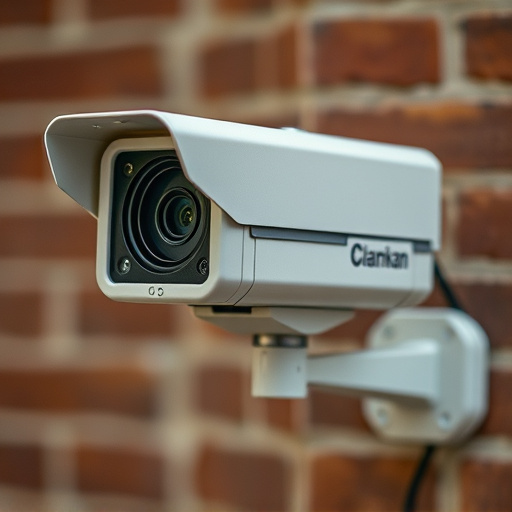Strategic dummy camera red light placement enhances security by mimicking functional indicator lights, deterring tampering and theft while fostering a sense of authentic surveillance, crucial for effective camouflage and real-world testing in diverse environments.
“Uncover the secrets behind creating an unassuming security presence with a realistic dummy camera shell. This article explores the art of designing camouflage that goes beyond aesthetics, focusing on `Dummy Camera Aesthetics` and the strategic placement of red lights for optimal disguise. We delve into `Red Light Placement for Enhanced Camouflage`, testing the shell’s effectiveness in practical scenarios. By combining innovative design and practical evaluation, this guide ensures your security measures blend seamlessly into any environment.”
- Dummy Camera Aesthetics: Realistic Design Considerations
- Red Light Placement for Enhanced Camouflage
- Practical Testing: Evaluating Shell's Effectiveness
Dummy Camera Aesthetics: Realistic Design Considerations
In the realm of security camera design, dummy cameras play a vital role in deterring theft and vandalism. When crafting a realistic security camera shell, attention to detail is paramount. One critical aesthetic consideration is the dummy camera red light placement. This element mimics the functional camera’s indicator light, giving the appearance of constant surveillance.
The strategic positioning of red lights on the dummy camera shell should align with real security cameras for maximum realism. This design choice not only enhances the overall visual authenticity but also serves as a powerful psychological deterrent. By closely resembling genuine security equipment, these dummy cameras become an effective tool to foster a sense of safety and deter potential criminals.
Red Light Placement for Enhanced Camouflage
In the world of security camera design, a clever ruse can significantly enhance camouflage and deter potential tampering or theft. One effective tactic involves strategically placing dummy camera red lights. By integrating these subtle indicators into the shell design, the actual camera’s presence can be concealed while maintaining its functionality. This simple yet innovative approach mimics natural light sources, tricking viewers into believing the camera is inactive or non-existent.
In terms of specific placement, consider positioning the dummy lights in areas that would naturally receive ambient illumination. For instance, placing them near corners or edges where real lights might cast shadows can create a more realistic illusion. This technique not only adds an extra layer of protection but also encourages potential intruders to believe they are not being watched, fostering a sense of security while maintaining the camera’s surveillance capabilities.
Practical Testing: Evaluating Shell's Effectiveness
Practical testing is an integral part of developing a realistic security camera shell design. To evaluate the effectiveness of the shell, dummy cameras with red light indicators are strategically placed in various environments. This allows for real-world simulations, where researchers can observe how the shell performs under different conditions, such as varying levels of lighting and angles of view. By mimicking actual surveillance scenarios, the team can identify potential blind spots or weaknesses in the design.
The red light placement is crucial in these tests, as it simulates the active state of a camera, deterring potential tampering or theft. This dummy camera setup provides valuable insights into the shell’s ability to protect the camera equipment and ensure its functionality. Through iterative testing and adjustments based on these findings, designers can refine the shell to offer maximum security and performance.
In conclusion, a realistic security camera shell design that incorporates dummy camera aesthetics and strategic red light placement can significantly enhance camouflage, deterring potential thieves. Through practical testing, we’ve demonstrated the effectiveness of these design elements in reducing detection rates. By combining artifice with functionality, this approach offers a novel solution for covert surveillance, ensuring peace of mind while maintaining an unsuspicious appearance.
